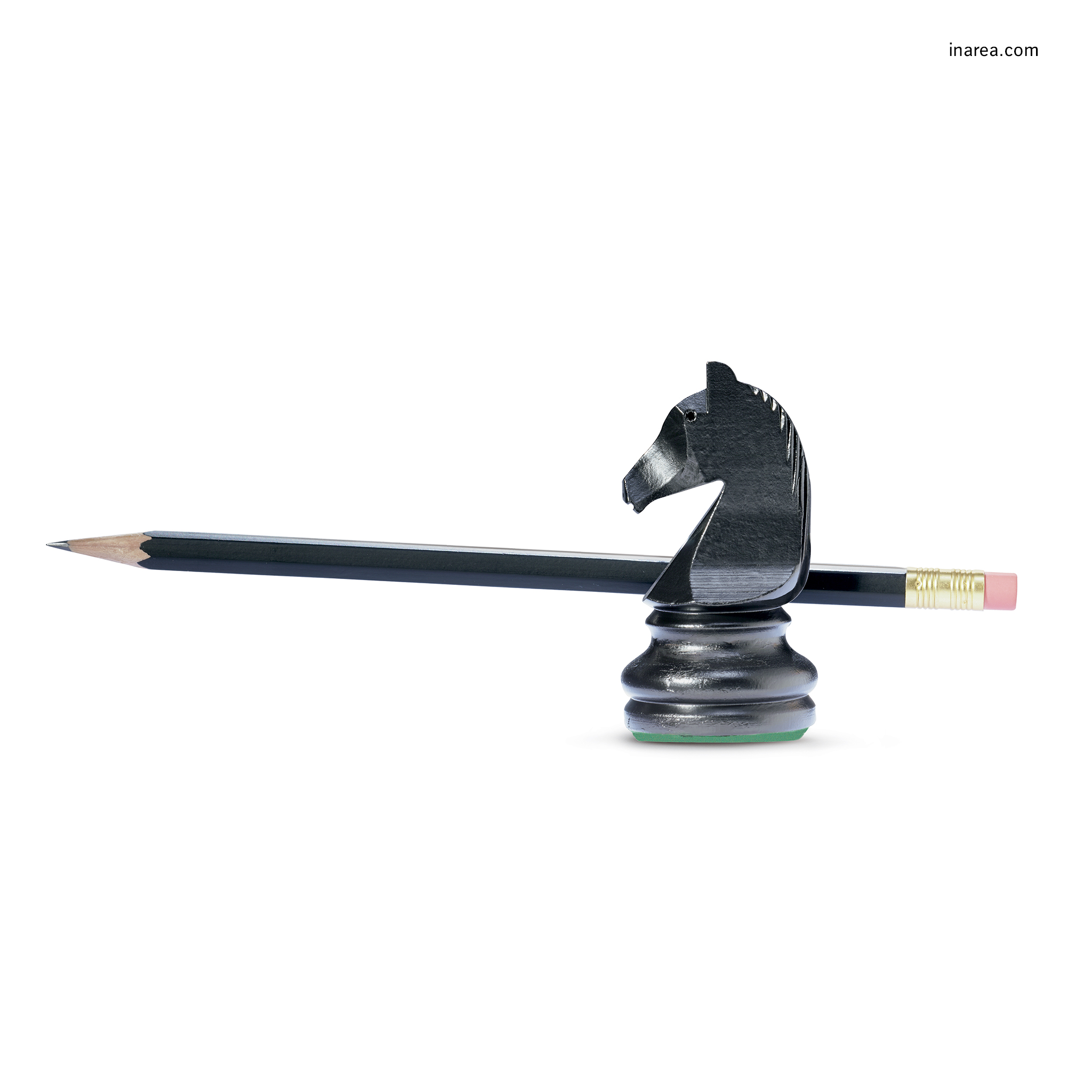An article published in Italian daily La Stampa in 2007 applied the image of the “knight’s move” to what was, at the time, the relationship between Minsk and Moscow; it left few doubts as to who the strategist was. Facebook had already been in existence for a few years (2004) yet was still timid vis-à-vis the ‘senior’ media.
In 1940, while the Germans were invading Paris, Marc Bloch stopped to ponder upon history. Feeling the need to “defend” it, he put all his material on the scales, also weighing up the importance of what he called “voluntary”testimonies, such as, for example, newspaper articles. This was invaluable material for an historian, but only in appearance: their main interest lay more in what they implied than in what they actually said. And what is transpiring from the dozens, hundreds, thousands of testimonies that are hitting us these days, minute-by-minute? Unbridled fragmentation and emotionality. Perhaps today’s readers (and tomorrow’s historians) could do with somewhat more‘organic’ information; cleaner, as it were, to avoid getting unhorsed in the galaxy founded by Mr “Z”.
And talking about letters, here then, is the challenge for the media on this particular chessboard: allow the knight / reader their signature ‘move’: “L”-shaped (like the“L”in Liberty), a free movement of thought within a certain perimeter. Ready to draw that “L”with your well-sharpened lances?

